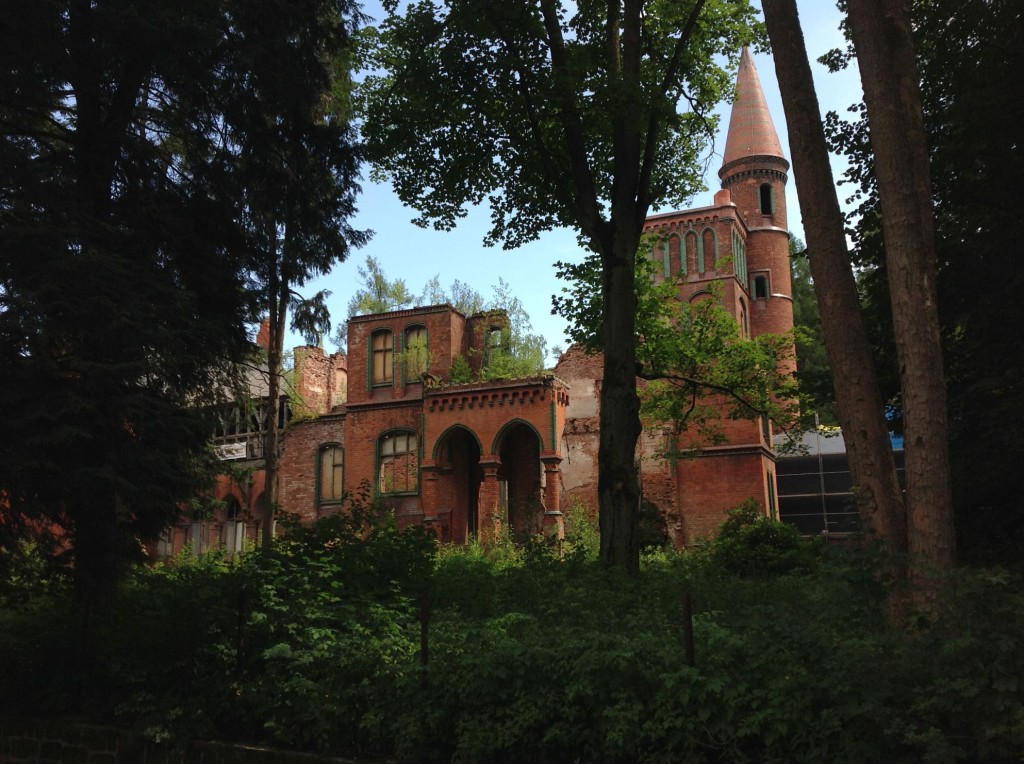“Arrival.
An ordinary young man was on his way from his hometown of Hamburg to Davos-Platz in the canton of Graubunden. It was the height of summer, and he planned to stay for three weeks.
It is a long trip, however, from Hamburg to those elevations – too long, really, for so short a visit. The journey leads through many a landscape, uphill and down, descends from the high plain of southern Germany to the shores of Swabia’s sea, and proceeds by boat across its skipping waves, passing over abysses once thought unfathomable.
From there the path, which until now has followed grand, direct routes, turns choppy. There are stopovers and formalities.”
Thomas Mann, The Magic Mountain: A Novel, trans. John E. Woods (New York: A. Knopf, 1995).
Arrival.
It was the height of summer.
An ordinary man was on his way from London to the Sokołowsko spa. […] It is a long trip, too long, really, for so short a visit. […] The journey leads through many a landscape, uphill and down. […]
Sokołowsko, formerly known as Görbersdorf, is a forgotten village in southwest Poland. It is hidden in the mountains and surprises with its beautiful architecture of the 19th-century spas and villas. Parts of it are currently in ruins but in the past the village was a pioneer in treating tuberculosis. This seemingly inconspicuous place served as the model for the famous Davos (the location of Thomas Mann’s quoted The Magic Mountain). The ruins of the former Dr Brehmer’s spa are traces of its former glory and settlement enormity. They are the symbol of a place where time has stopped or never existed at all. The sleepy streets and empty 19th-century richly decorated or painted villas are suspended between the past and the present – not present right now, but also not a part of what has already happened. They are elusive, like the mirage of the idea, which was born in the head of Dr Brehmer a long, long time ago.
When I was there during The Contexts 2014 – The 4th International Sokolowsko Festival of Ephemeral Art (organized by In Situ Foundation), I had a feeling that for those few days, I managed to escape the unforgivably flowing time and stand beside it – outside of the speeding and modern 21st century. I believe that there is no better place for the cycle of events and phenomena of ephemeral art. The form of art, which focuses on the elusive and short duration. It is just as fleeting as the happening, which was its first trend. During the 1960s and 1970s, it evolved in many directions. The trend includes land art, socially or politically oriented art campaigns, artistic campaigns, e.g. mail art, body art, individual mythologies (campaigns referring to the artist). Of course, ephemeral art also includes performance art.
For five days, Sokołowsko saw the appearance and disappearance of successive art events, which took place in the least expected locations. Apart from the cinema, the house of Zygmunt Rytka, or the main square of Sokołowsko, the performances took place in the park, a tenement office, an abandoned apartment/store… Within his KR 736EJ project, Piotr Lutyński drove a bus around the village, which served as a local Kunstkamera, and sang through a megaphone.
The question arises: how do you describe something so delicate that it cannot be captured? Since the nature of ephemeral art is so perishable, since it is its “mark”, can it be described at all? Obviously, we can describe the motions, facial expressions, body movement, and the entire surroundings of the campaign step by step, but will this reflect the whole phenomenon and the emotions accompanying it?… I believe you can’t. The words will strip the event of its magic, uniqueness, and elusiveness. They will trivialise the message, wipe out significant details, and show only the subjective impression of their author. Not to mention the issue of unreliable memory and the problem of reconstructing events from the perspective of time…
“Space, like time, gives birth to forgetfulness, but does so by removing an individual from all relationships and placing him in a free and pristine state-indeed, in but a moment it can turn a pedant and philistine into something like a vagabond. Time, they say, is water from the river Lethe, but alien air is a similar drink; and if its effects are less profound, it works all the more quickly.”
Thomas Mann, The Magic Mountain: A Novel, trans. John E. Woods (New York: A. Knopf, 1995).
Ephemeral art needs to be seen and experienced individually. It is composed of not just the artist’s reaction, but the entire aura and context of the location. This is why this time we will not provide a typical coverage and will not give you a detailed verbal description.
“In Sans Soleil, Chris Marker asked, ‘I wonder how people who don’t film, don’t photograph, don’t tape, remember things. How is mankind able to remember?’ And he replied, ‘They wrote the Bible.’”
Wojciech Ciesielski, Nadmiar słońca. Efemeryczna sztuka i efemeryczna pamięć [Too Much Sun. Ephemeral Art and Ephemeral Memory], Obieg, 20.09.2013
Here are some of the moments recorded by the new media – the contemporary Bible:
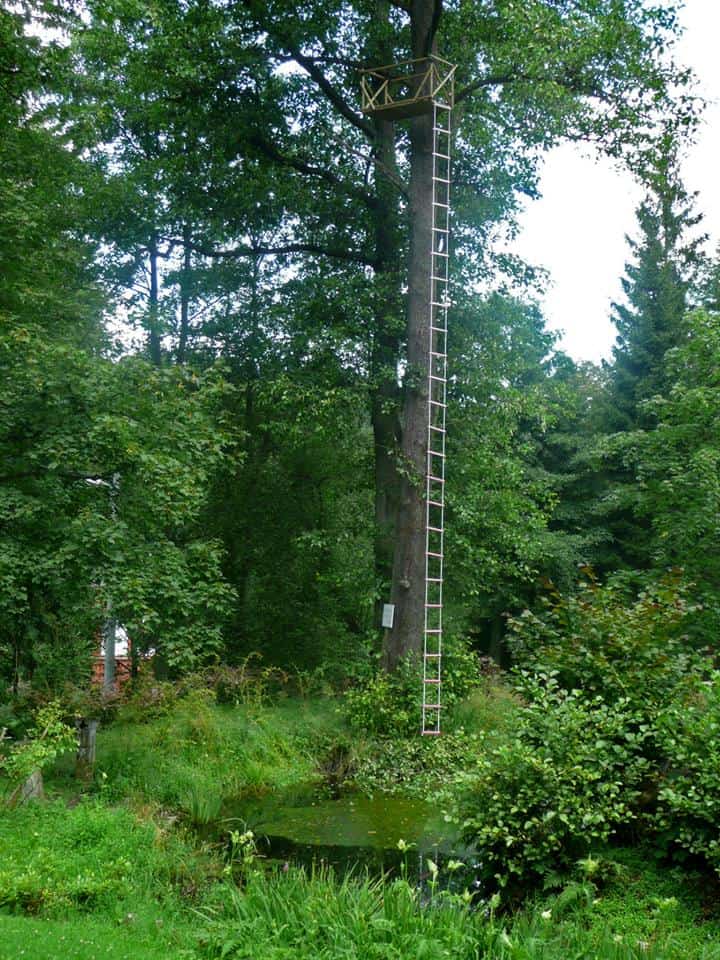
Maria Pinińska-Bereś – An Observation Point of the Changes in Art, Sokołowsko 2014, photo Bettina Bereś
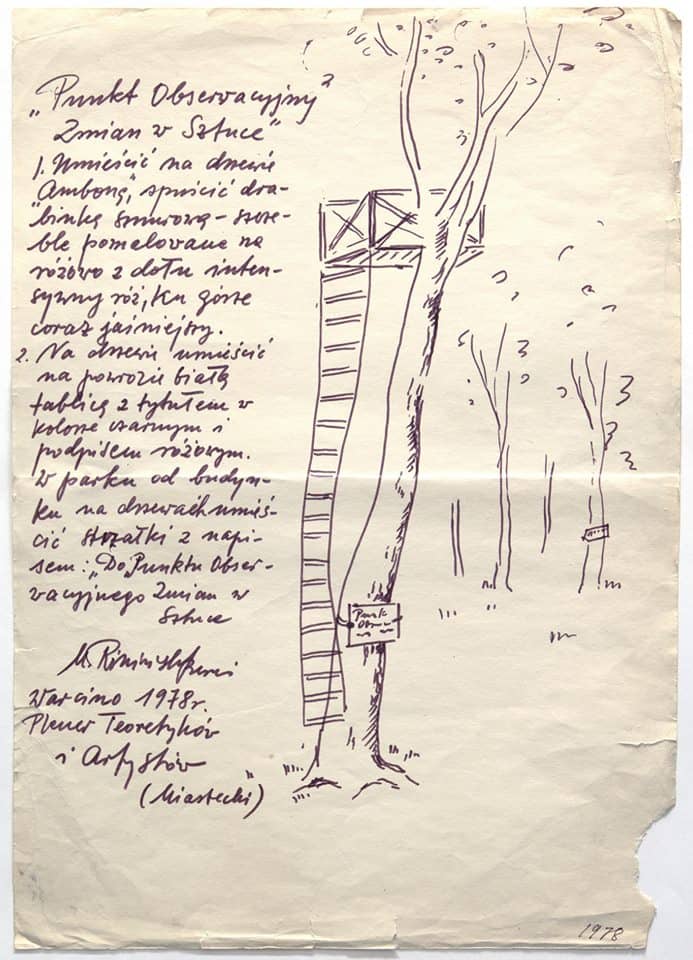
Maria Pinińska-Bereś – An Observation Point of the Changes in Art, courtesy Bettina Bereś
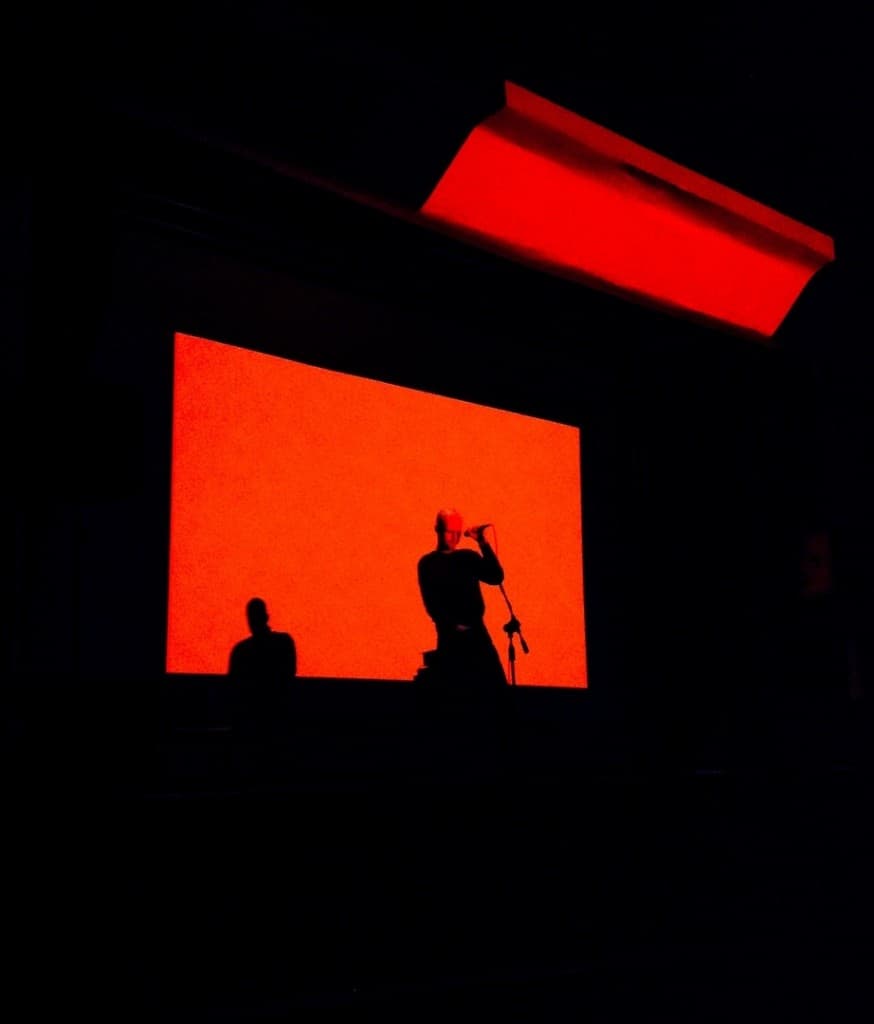
Wojciech Bąkowski, Telegaz, Sokołowsko 2014, photo Contemporary Lynx

Zygmunt Rytka, Continuity of Infinity (Ciągłość nieskończoności), 1984,
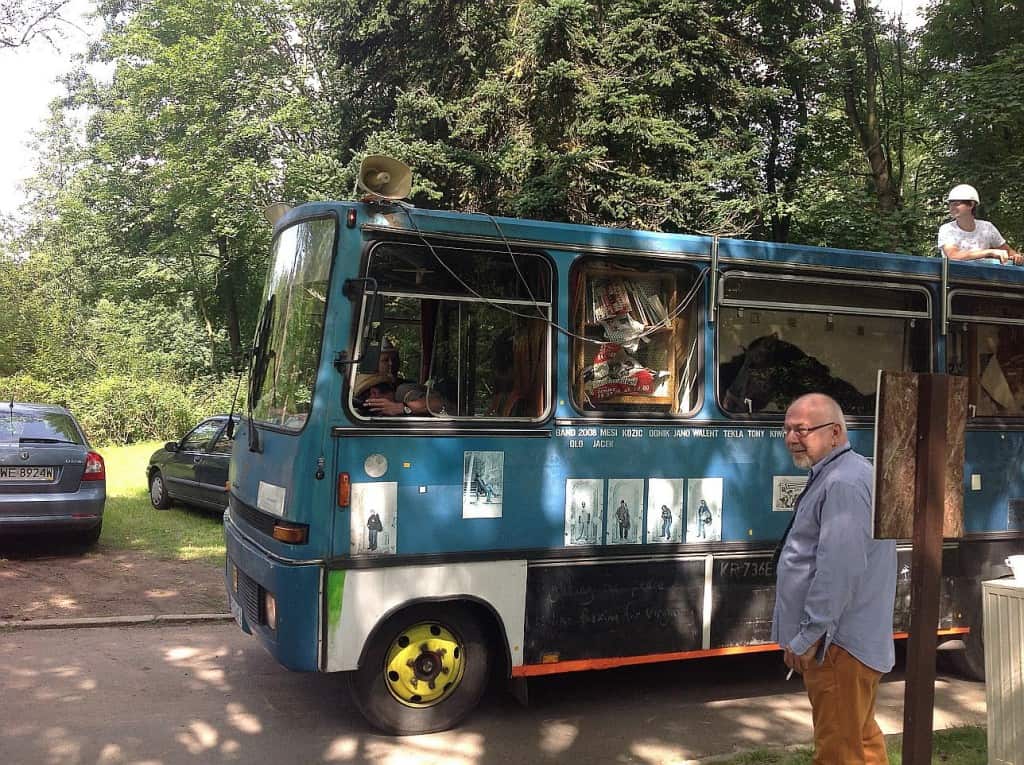
Piotr Lutynski “PROJEKT KR 736EJ”, Sokołowsko 2014, photo Contemporary Lynx
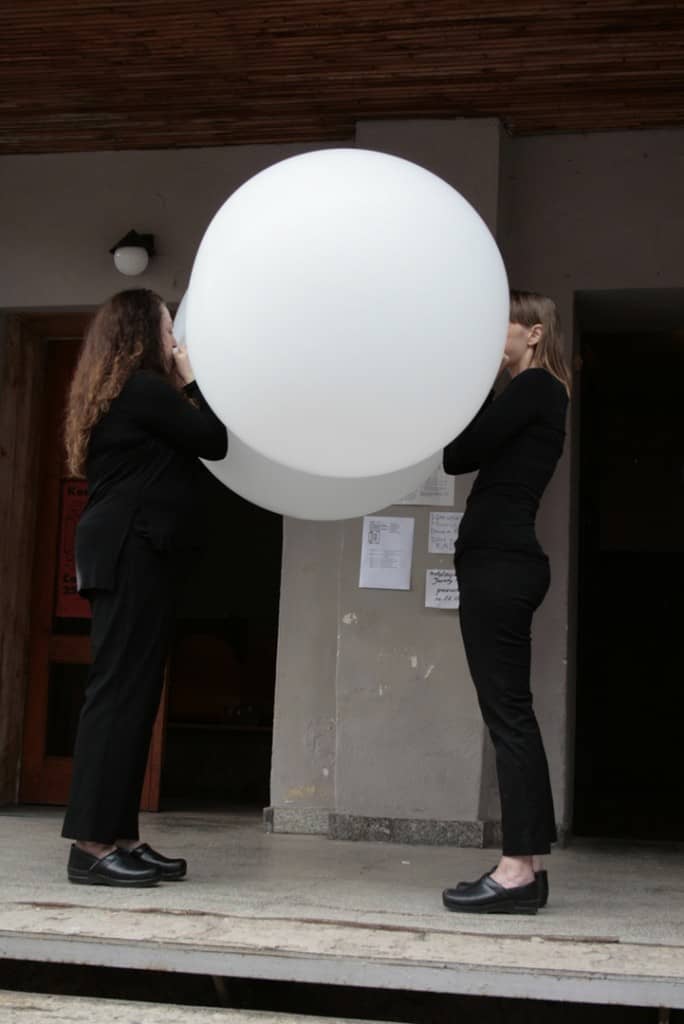
Longva+Carpenter, performance, Sokołowsko 2014, photo Contemporary Lynx

Aesthetic and Bias / Adina Bar-On, Artur Tajber, Other Places in This Place, Sokołowsko 2014, photo Contemporary Lynx
The Contexts 2014
The 4th International Sokolovsko Festival of Ephemeral Art
July 25th to 29th, 2014
Festival Curator: Małgorzata Sady
Project coordination: Antoni Burzyński, Zuzanna Fogtt
The organizer: In Situ Foundation




